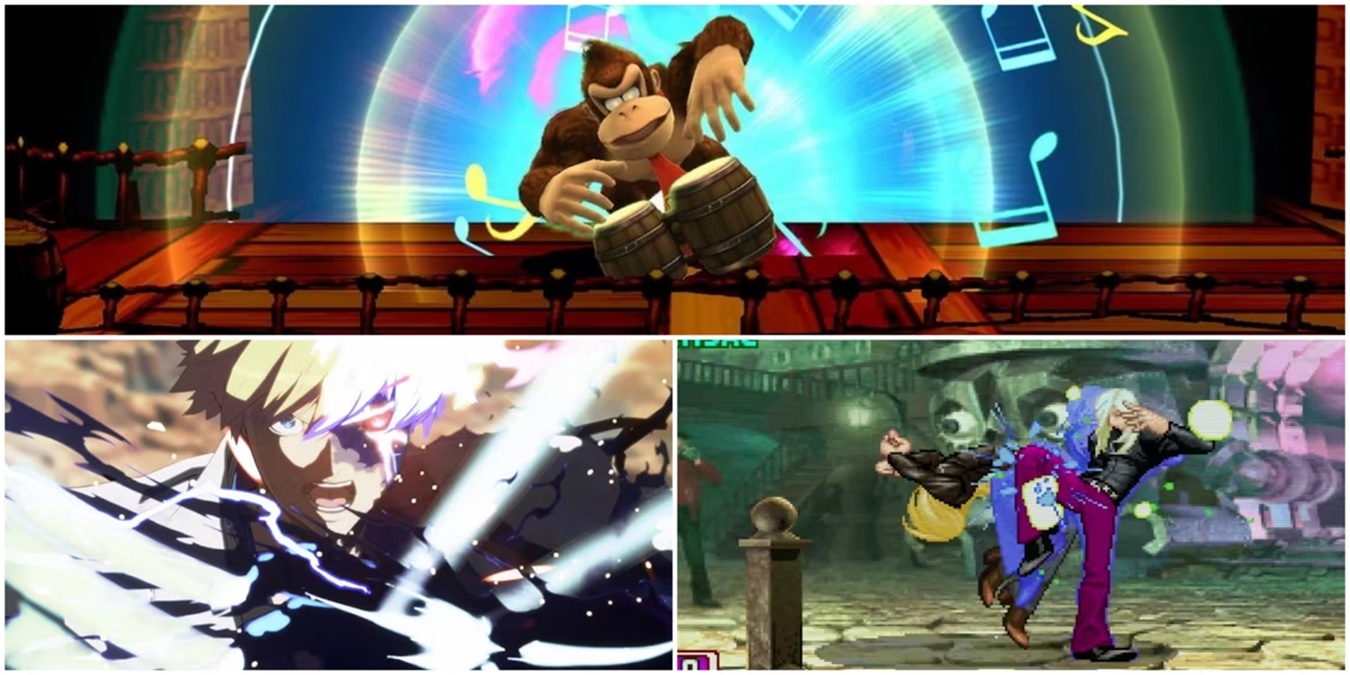Players think that these super attacks are the worst in fighting games.
Super Combos are fun. Since Art of Fighting and Super Street Fighter 2 Turbo, they’ve had a risk-and-reward method that’s been useful. If they hit, they give players a flashy way to do a lot of damage to their opponent. But if they miss, they’ll open themselves up to getting beat up.
But not all of them are the same. Some great moves are bad for different reasons. Maybe they take too long to set up, do too little damage, or are broken in some other way. No joke supers like Dan’s Super Taunt either. Here are the worst super combos that creators of fighting games thought would be helpful.
Death Bed
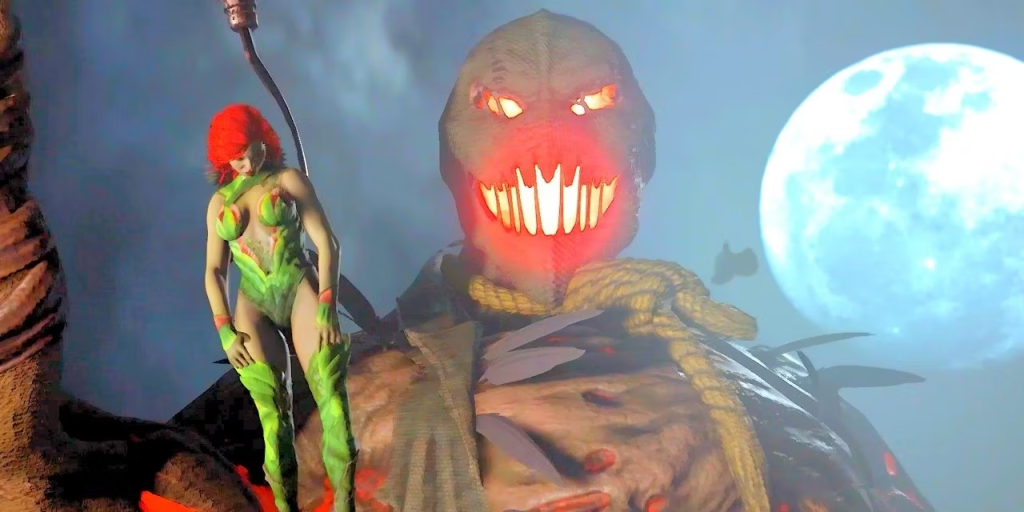
In the past, the orders for super combos were a bit trickier than those for regular moves like fireballs, spin kicks, and so on. This was made easier in the Injustice games by making their supers accessible with just one button press, like in Super Smash Bros. A few of the figures were worth the metre they cost, but most of them weren’t.
In Injustice 2, Scarecrow’s Death Bed makes the fear-obsessed maniac tear apart reality and pull the opponent into his world of dread, where they take a lot of damage. Unfortunately, its slow speed meant that players couldn’t fully combo into it, and opponents could simply avoid its damage by jumping out of its range. Dr Crane should have used his metre on Metre Burn moves instead.
Konga Beat
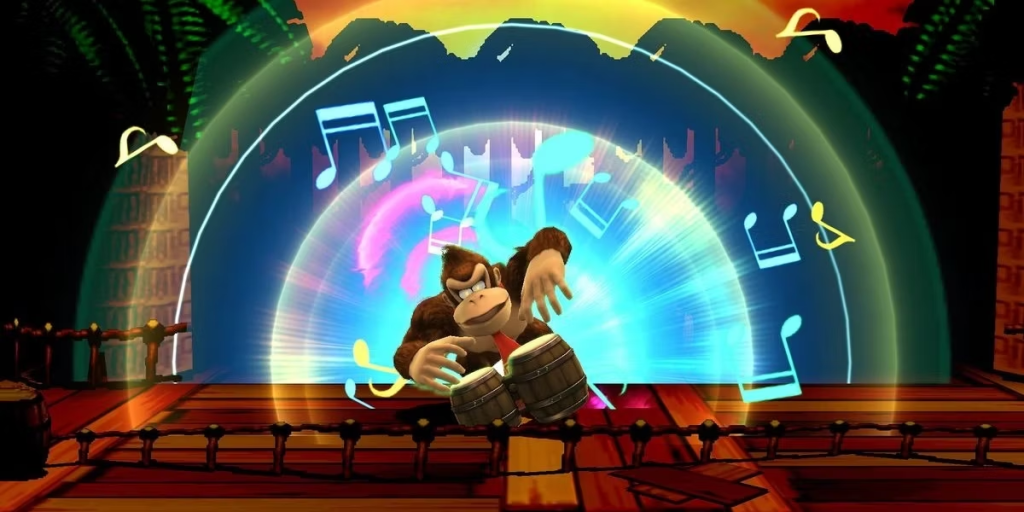
In Super Smash Bros. Brawl, Nintendo was able to make Final Smashes happen, even though they were originally planned for the game’s first release. Still, for every example that was flashy, useful, or even too strong, there were a few that were too specific. On giant stages, Jigglypuff slowly changing into a kaiju wasn’t very useful. But at least there were some good parts.
In Donkey Kong’s Konga Beat, players hit buttons to make the Banana Slammer’s bongo beats kill. The problem is that he had to be right next to his enemies to hurt them, so it was easy to avoid him at every step. Also, until Super Smash Bros. for Wii U/3DS, there was no way to see when to hit the buttons, which made the beats even less useful. It was a waste of a Smash Ball because you needed a good ear or a small place to use it.
Hadō Kakusei
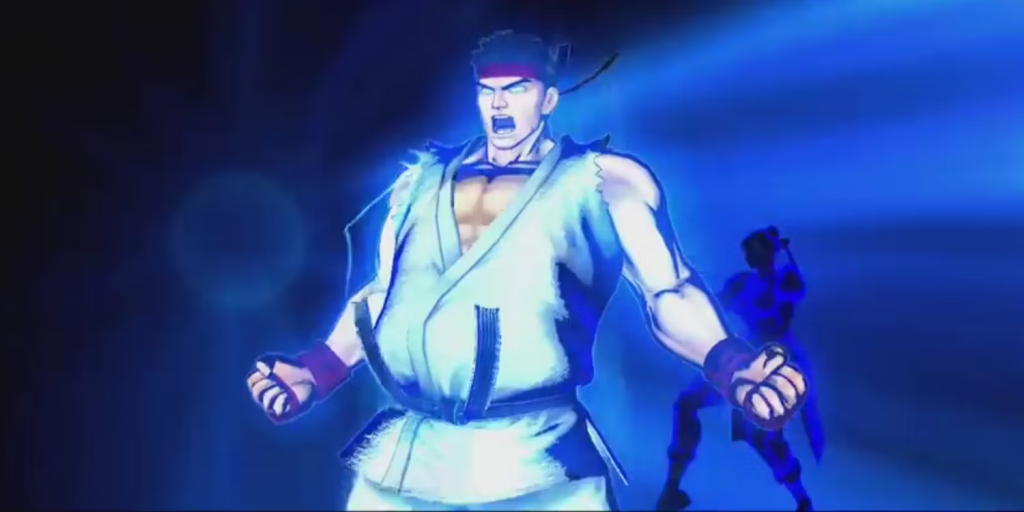
Not every super move is an autocombo or a fiery attack with more power. Some are “install supers,” which add one or more perks to the character. These can be broken either in a good way, like Yun’s Genei Jin in Street Fighter 3, or in a bad way, like Ryu’s Had Kakusei.
This move made Ryu’s attack stronger in Ultimate Marvel vs. Capcom 3. It made his Shinku Hadken bounce off the stage walls and turn his Kick Super into a tornado. The move also took away some of Ryu’s health and could only be used for up to 6 seconds. Players would have been better off using combos to get to his normal supers than trying to work this power “boost” into their play.
Dragon Install
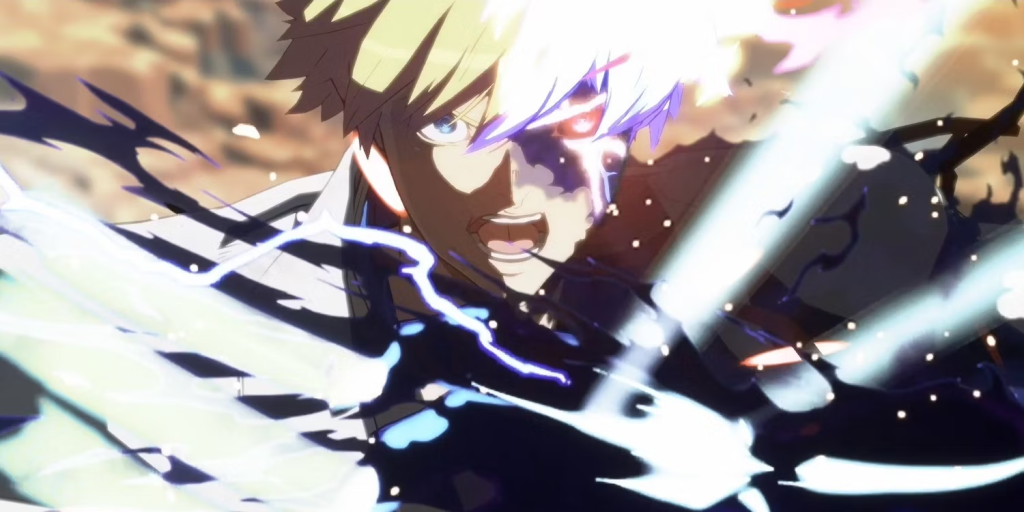
It could still be worse. Dragon Install used to be a dangerous install super for Sol Badguy players that increased his offence but had a long cooldown. For reasons related to the story, Guilty Gear Strive took away this super and gave it to his goody-goody foe Ky Kiske, where it made things worse.
Ky can only do it when he has less than 30% health, which can mess up his usual attacks and slows down his metre gain by almost 90%. Millia’s Winger, Axl’s Timestop, and Faust’s Bone Crushing Excitement all have their own problems, like not doing enough damage or giving Faust the chance to make a combo. But at least, after that, they didn’t weaken their figures like Ky did.
Fatal Mutation
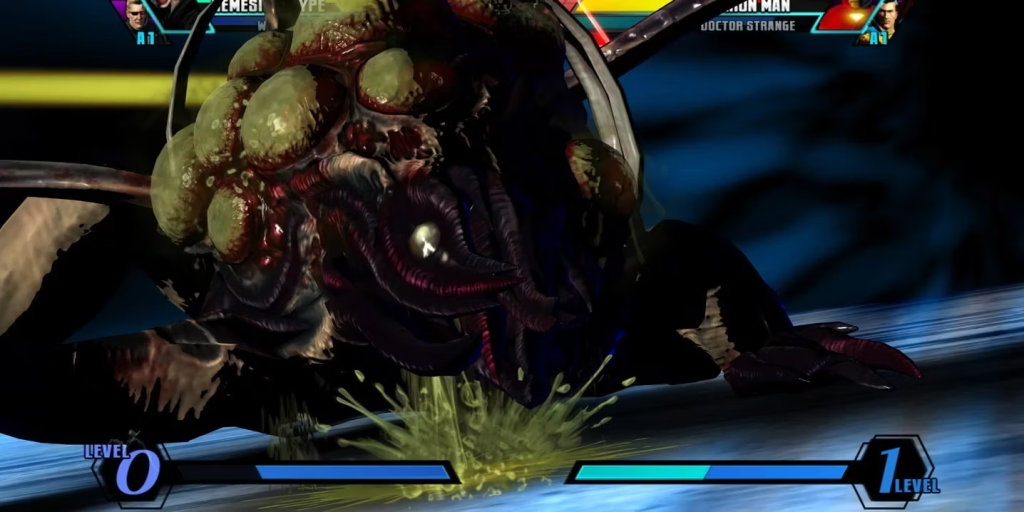
Nemesis from Resident Evil 3 is probably the most well-known of all the different types of Tyrants. Or at least that’s what Capcom thought when they added him to Ultimate Marvel vs. Capcom 3. He is the classic slow, lumbering boxer who hits hard when he gets close. But he has a few moves that he can use from far away to scare people who are playing keep-away. This doesn’t count his super Fatal Mutation at Level 3.
Its mid-range tentacles look like they could be used as part of a move. But nope. It’s a grab super that needs them to be close to the other player. But it moves so slowly that as soon as it starts, they can jump away from it. It’s an expensive super that has more bad things than good things.
Unmei no Ya
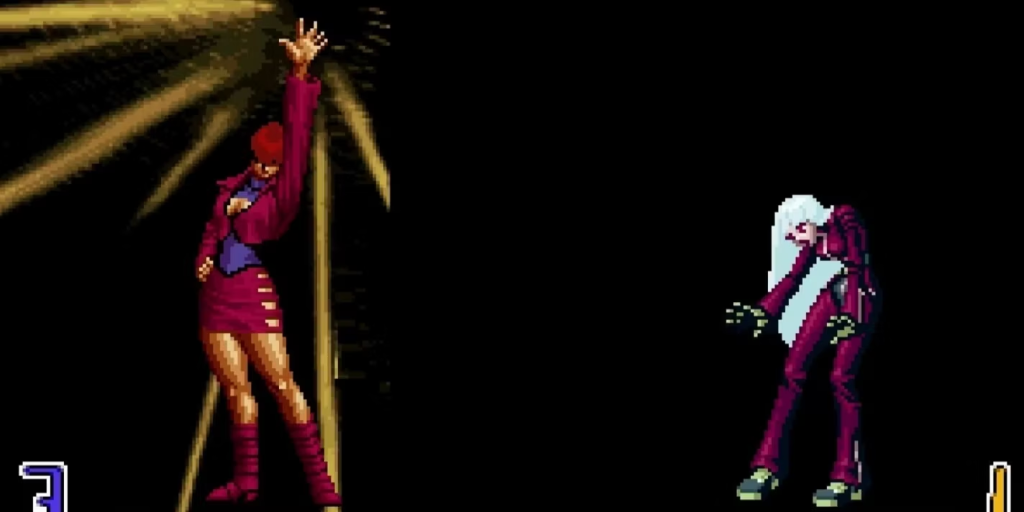
During its nearly 30-year run, the King of Fighters series has seen its fair share of “Desperation Moves” and other supers that are just for show. Some of them are jokes, like the fact that Kensou’s EX Meat Bun heals less than the normal one because he chokes on a bun that’s too big for his throat. Some, like Orochi Shermie’s Unmei no Ya from King of Fighters 2002, are accidents.
When it works, it looks cool as she calls up a lightning bolt to hit her enemy. But it’s a Hidden Super Desperation Move (HSDM), which needs 30% or less health and 3 super metre levels. It’s just as easy to miss its hit spark as it is for opponents to avoid it. Then there’s a good chance it will hurt Shermie as well as (or instead of) her opponent.
X.C.O.P.Y

One of the new characters in Street Fighter 3: Third Strike is named Twelve. His moves do about as much damage as a 5-year-old’s insult. People make fun of him by saying that his third Super Art, X.C.O.P.Y., is his best move because it lets him change into much better figures. Even though it’s bad, it’s still a joke.
Twelve’s Copy Form swaps his bar with a timer, so he can’t do super moves or EX moves. Even in Copy form, he still takes more damage than the real ones. Even worse, it has a long cooldown time after it is used up, so Twelve takes even more damage than normal during that time. In this form, powerful characters like Akuma can kill him in one shot with their strongest supers.
Sardine Beach Special
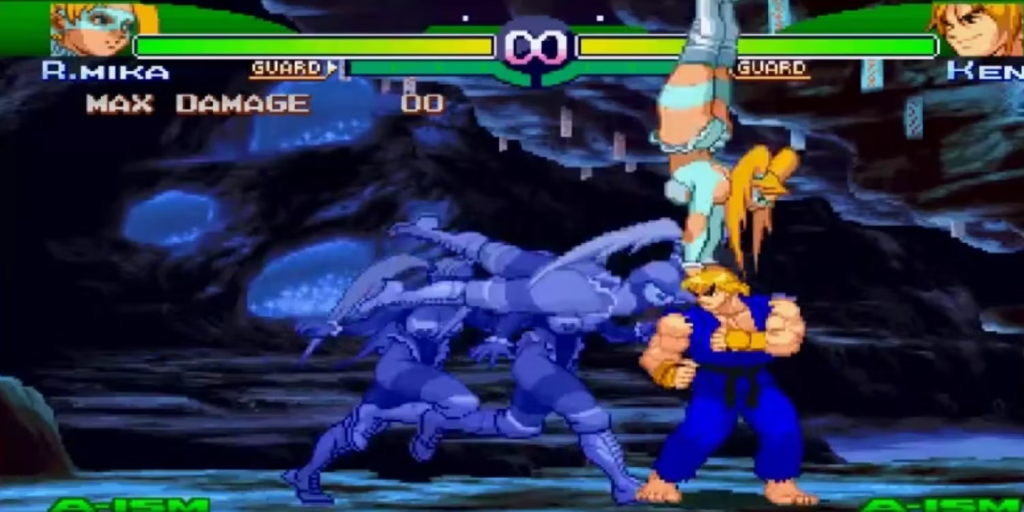
Rainbow Mika’s first appearance wasn’t any more modest than Street Fighter 5. In Street Fighter Alpha 3, she was still putting her butt in people’s faces. Only she was one of the worst characters in Funny Shooter 2 game, so she was doing it from the bottom of the tier list.
For example, in her Sardine Beach Special, she would run towards her enemy and then do whatever the player wanted. Moonsaults, headscissors that spin, etc. Even though it was clever, it didn’t work at all. Even if players knew which button did what, they all did much less damage than her other supers, even if they knew which button did what. If players chose X-ISM, she couldn’t use any of the other supers.
Giant Swing
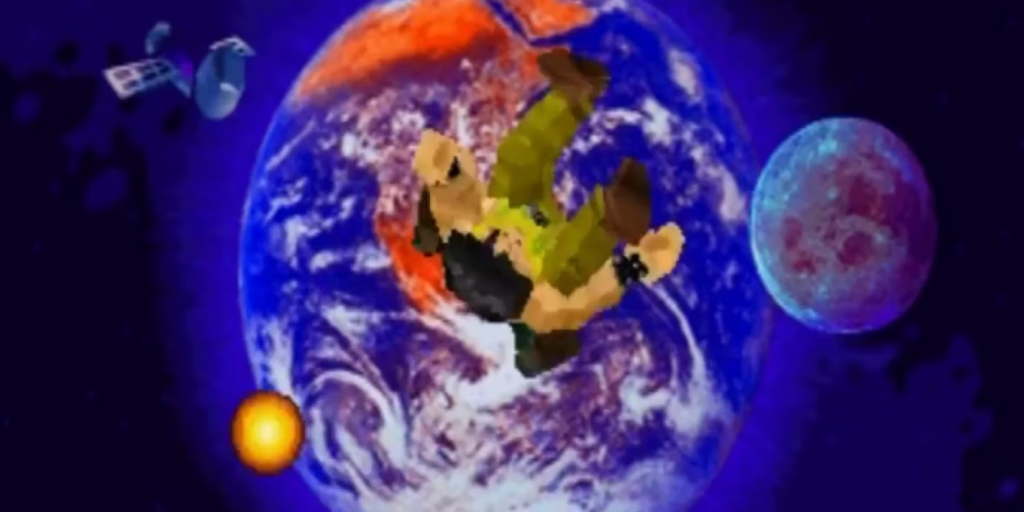
Since the first game, when it was almost called Street Fighter ’89, Final Fight has been tied to Street Fighter. Still, Capcom tried in the 1990s to keep the title on its own. Final Fight Revenge was an attempt to give the Final Fighters their own 3D fighter that had gameplay like Street Fighter and weapons and pickups like beat ’em ups. It wasn’t very good, and some of the supers were pretty dumb.
In Mike Haggar’s Giant Swing, for example, the Mayor of Metro City would piledrive his enemy through the earth, which looks a lot less cool than it sounds. But it was a counter super move that only worked against jumping kicks. It was too specific to be useful for anything other than beating someone with broken punch buttons and a d-pad/stick that could only move up.
Blue Nocturne
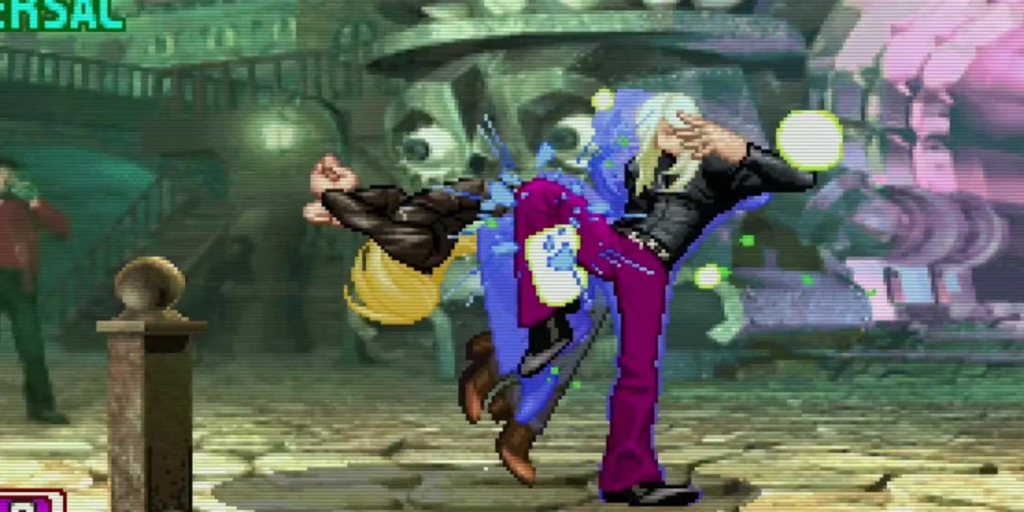
Twelve might be the worst character in Third Strike, but he doesn’t have the worst Super Art. That is the Blue Nocturne by Remy. Capcom’s French clone of Iori had moves like Guile’s and functions like Sagat’s. He would beat up his enemies with an autocombo and then flip-kick them away. Seems easy enough. The problem is that it is a counter super, which means that he has to get hit first for it to work.
It starts with a super flash, which tells the opponent when to stop and leave Remy one super level lower. The move didn’t keep the opponent from moving like some counter-super moves do. So, even if they set it off, they could still stop Remy’s moves by blocking, parrying, or getting around them. Dan may be Capcom’s most famous SNK parody character, but Remy’s Blue Nocturne is the real joke.

